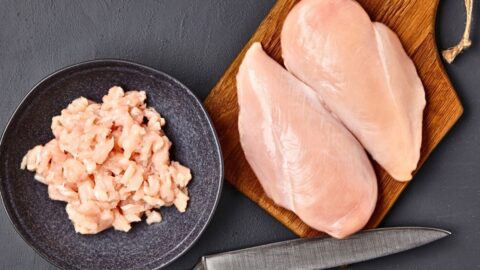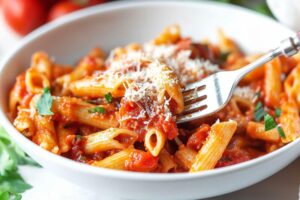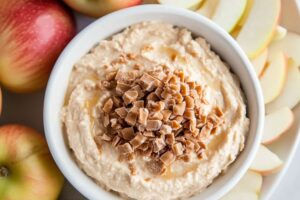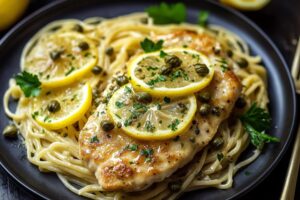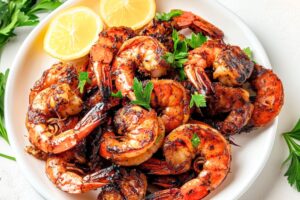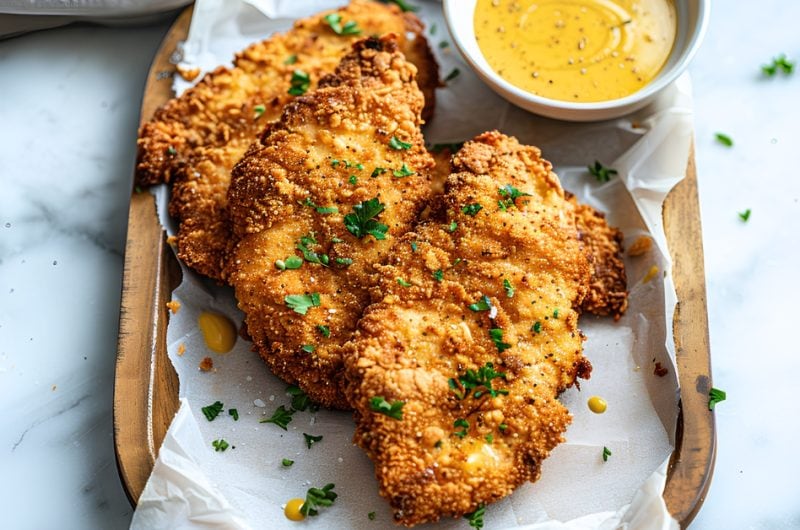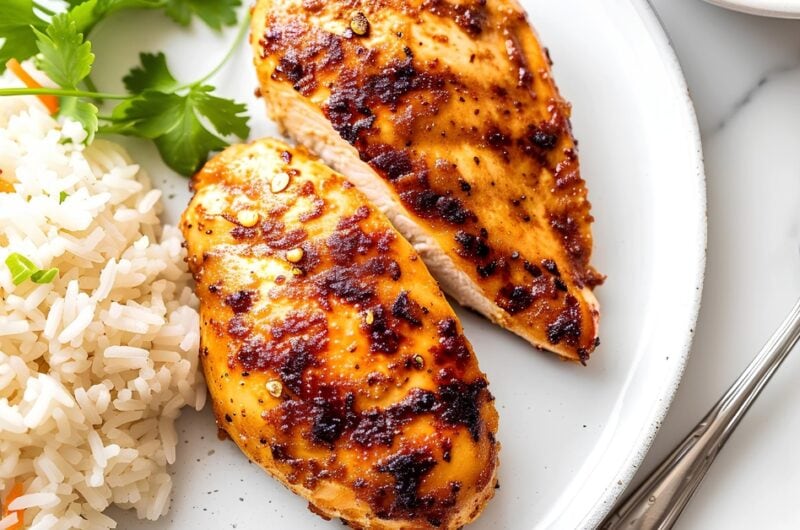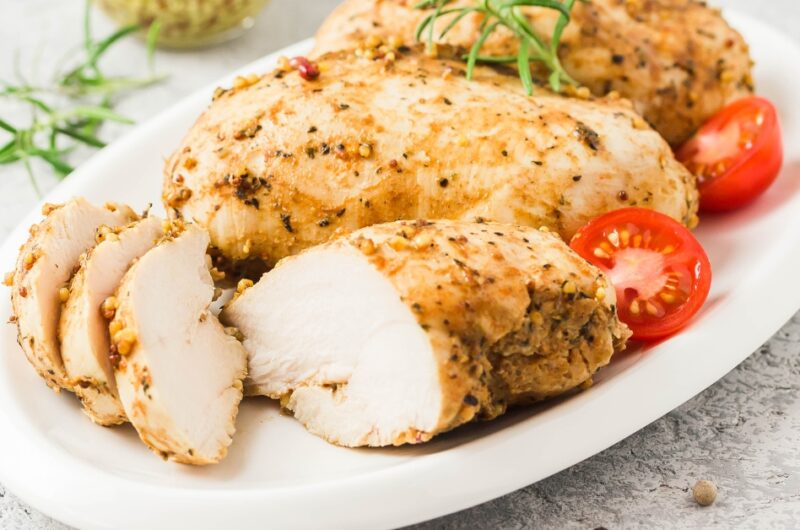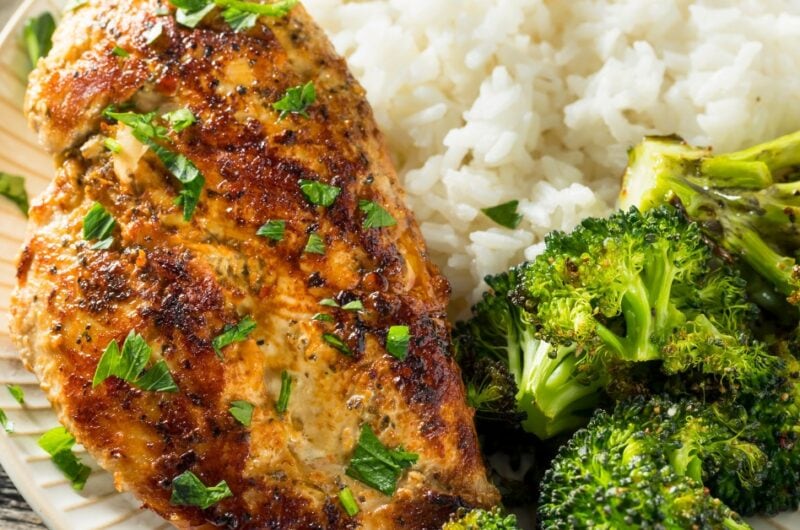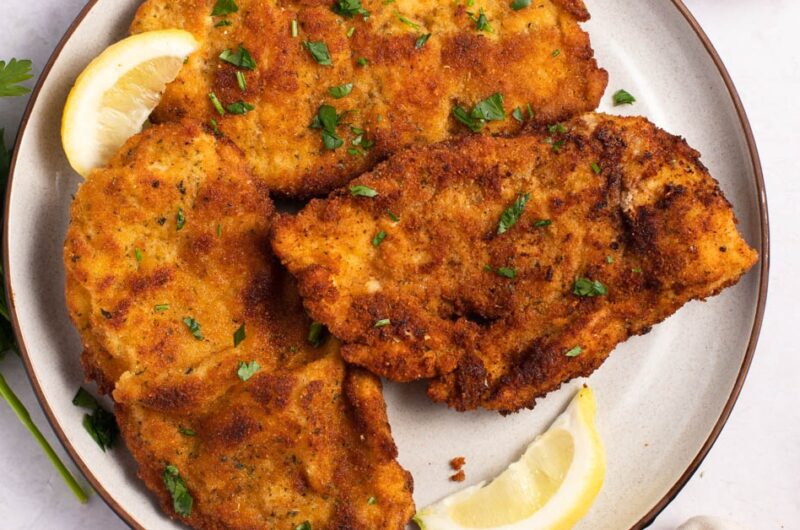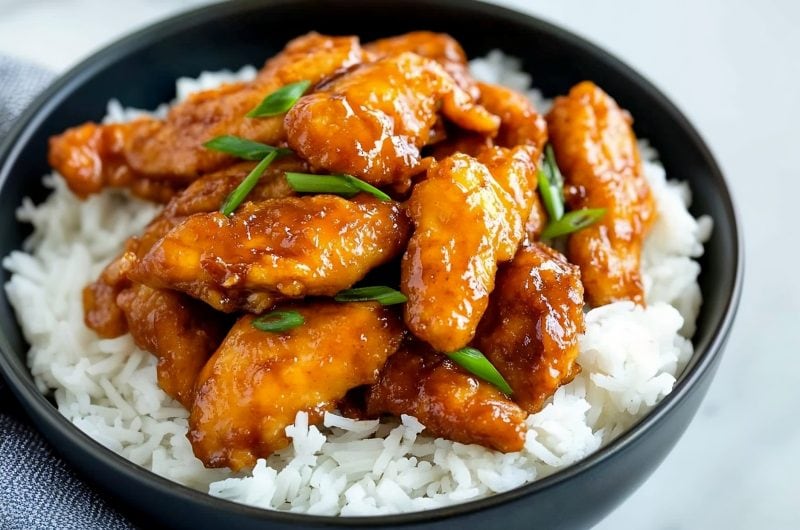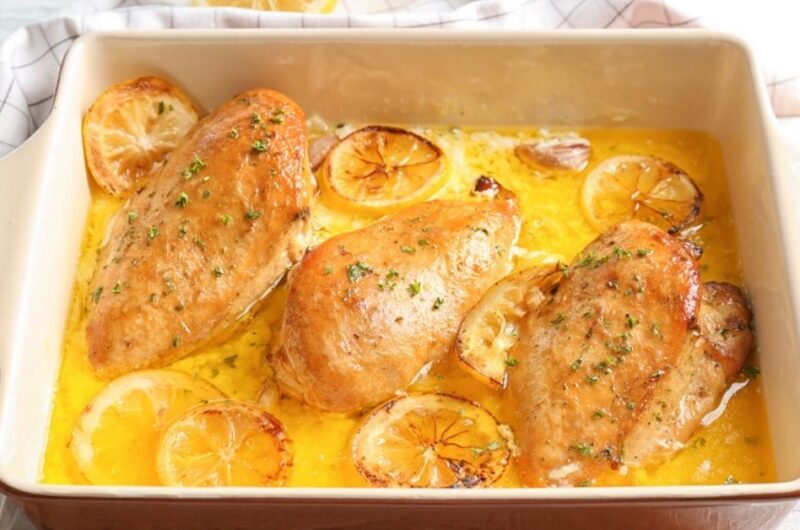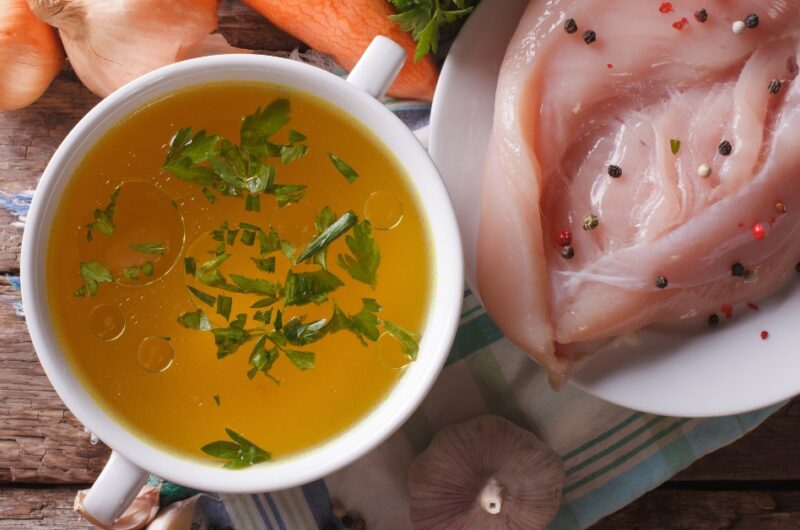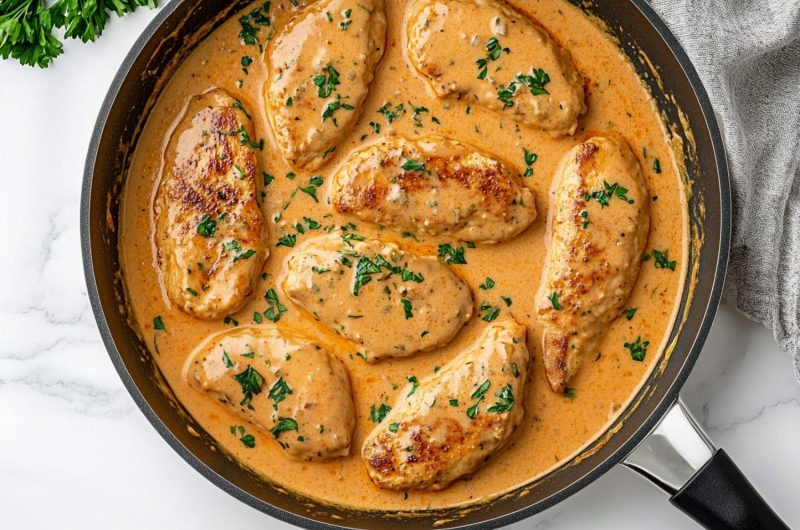
What’s the difference between chicken breasts vs. cutlets vs. tenderloins? Believe it or not, five key things set them apart.
It all comes down to their size, muscle location, culinary uses, nutrition, and flavor and texture.
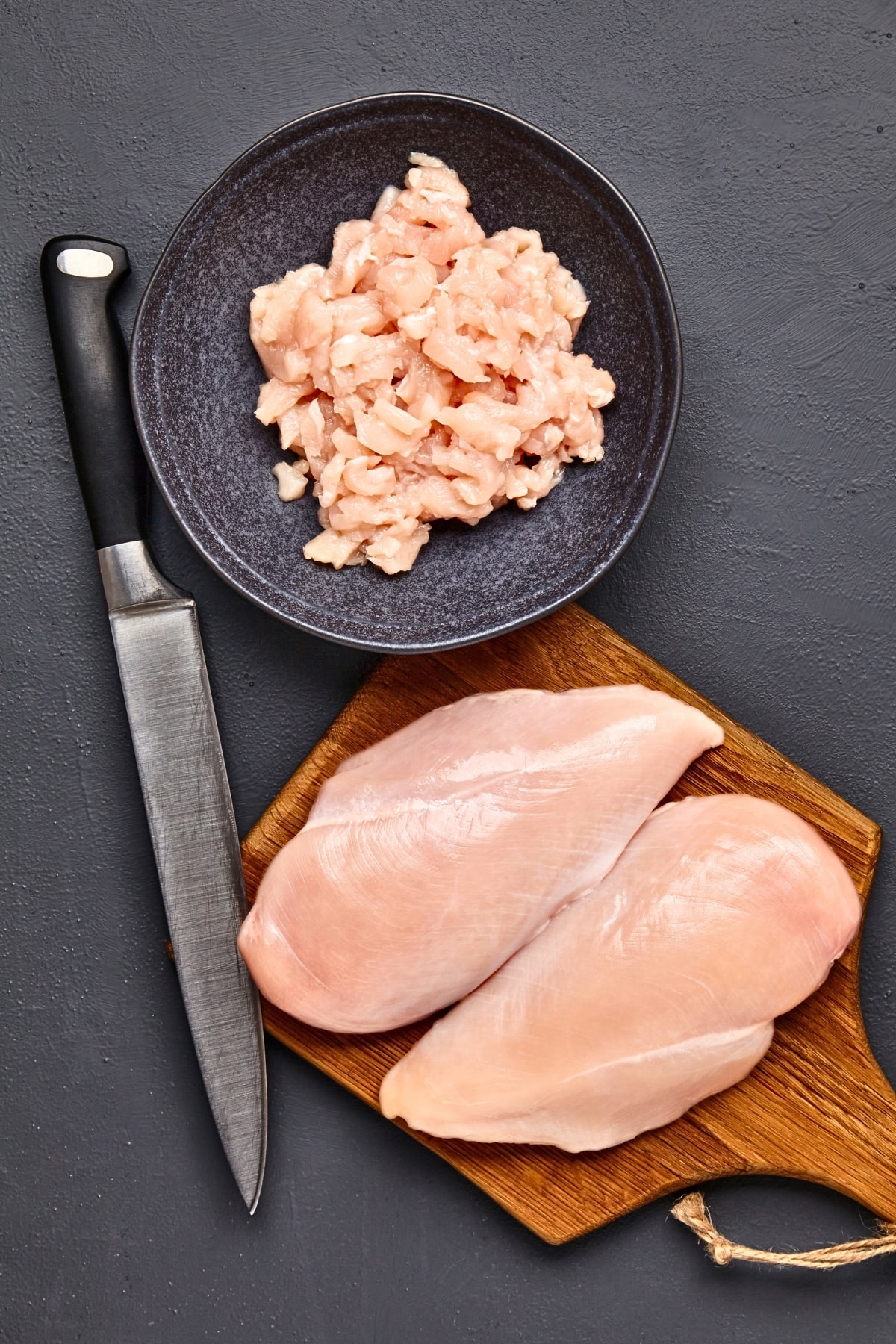
Breasts, cutlets and tenderloins are all great options and can be used in a variety of recipes.
But each one has unique qualities that make it better suited for certain dishes.
So, are you ready to learn all the key differences and always go for that perfect cut?
Let’s get right into it!
Chicken Breasts vs. Cutlets vs. Tenderloins (What’s the Difference?)
There are five things that make these cuts of meat different from one another.
1. Muscle Location
- Chicken breasts: Chicken breasts are located on the front of the chicken, covering the breastbone. They consist of the breast meat and a portion of the underlying tenderloin muscle.
- Chicken cutlets: Chicken cutlets are typically boneless, skinless, and thinly sliced pieces of chicken breast meat. They come from the same muscle as chicken breast.
- Chicken tenderloins: Also known as chicken tenders or strips, tenderloins are small, thin strips of meat located on the underside of the chicken breast. They run along the inner side of the breast, parallel to the breastbone.
2. Size
- Chicken breasts: Chicken breasts are the largest of the three cuts, providing a substantial portion of meat.
- Chicken cutlets: Cutlets are smaller than full chicken breasts due to being sliced thinly.
- Chicken tenderloins: Tenderloins are the smallest of the three cuts, often yielding smaller, bite-sized pieces.
3. Flavor and Texture
- Chicken breasts: Lean and mildly flavored, chicken breasts have a neutral taste. Their texture can become dry if overcooked.
- Chicken cutlets: They offer the same flavor as chicken breasts but have a slightly different texture because they’re thinner.
- Chicken tenderloins: This cut is very tender and delicate. It has a mild flavor and a tender bite.
4. Nutrition
- Chicken breasts: Chicken breasts are low in fat and calories, making them a popular choice for those seeking a lean protein source.
- Chicken cutlets: The nutritional content of cutlets is similar to that of chicken breasts, but adding breading or coatings can increase calorie and fat content.
- Chicken tenderloins: Tenderloins are also low in fat and calories, making them a lean protein option.
5. Culinary Uses
- Chicken breasts: Chicken breasts are versatile and can be grilled, baked, sautéed, or used in soups, salads, and stir-fries.
- Chicken cutlets: Cutlets are often used for breaded and fried dishes like schnitzels or chicken Milanese.
- Chicken tenderloins: Tenderloins are frequently used in quick-cooking dishes like stir-fries, fajitas, and salads, as well as in wraps and sandwiches.
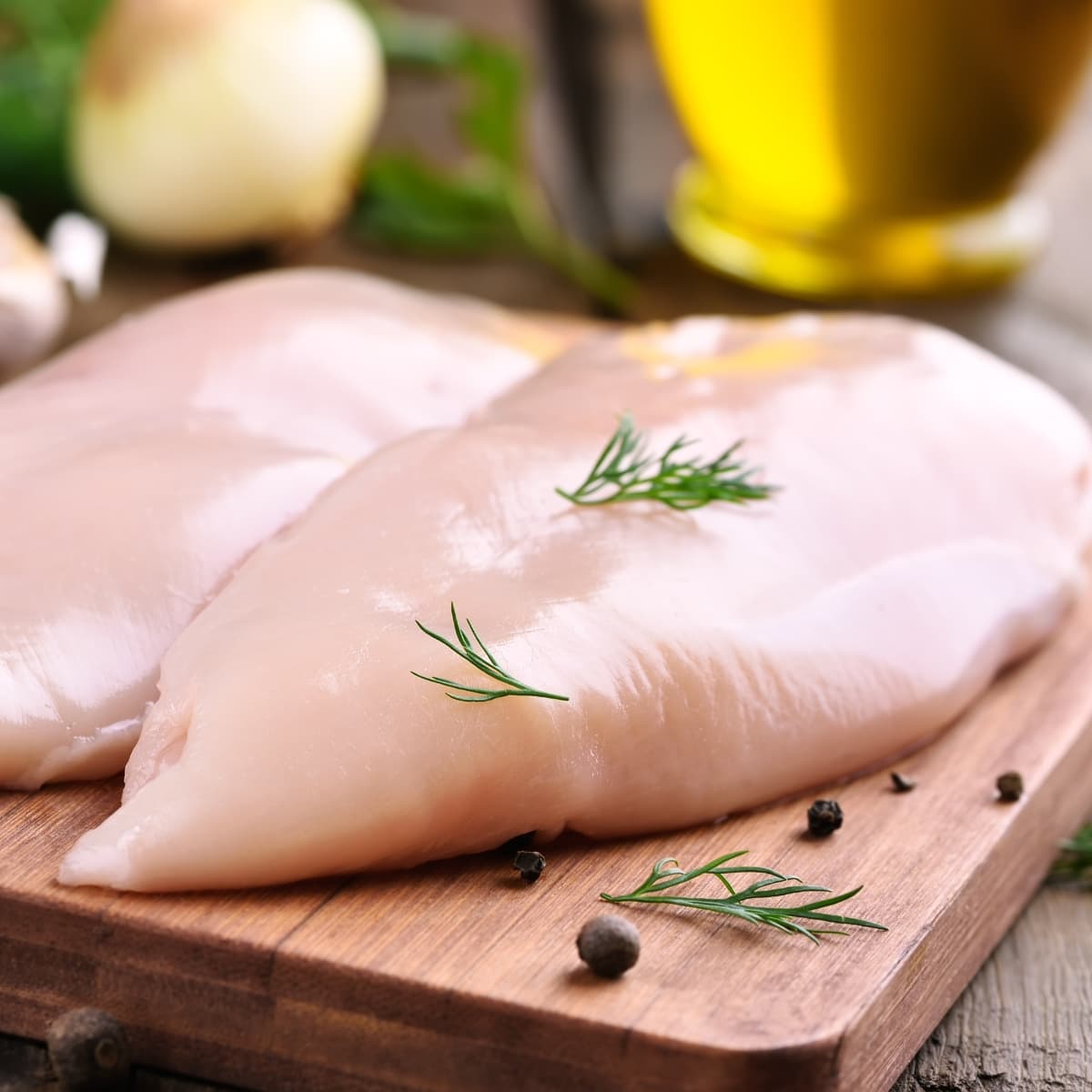
What Are Chicken Breasts?
Chicken breasts are taken from the front of the chicken’s chest, covering the breastbone.
They have a very neutral flavor, making them adaptable to a wide range of dishes.
My favorite ways of prepping include grilling, baking, and sautéeing.
I also love to use chicken breasts in salads and sandwiches.
What Are Chicken Cutlets?
Chicken cutlets are thin, boneless slices of chicken breast meat created by horizontally slicing chicken breasts into thinner pieces.
They’re perfect for breaded and fried dishes, as the thinness of the cutlet allows for quicker cooking.
How to Cut Chicken Breast Into Cutlets
Ingredients and Tools:
- Boneless, skinless chicken breasts
- Cutting board
- Chef’s knife
- Plastic wrap or parchment paper (optional)
- Meat mallet or rolling pin (optional)
Instructions:
- Place a cutting board on a clean and sanitized surface. Place the chicken breast on the cutting board.
- Hold the chicken breast steady with one hand. Use a sharp chef’s knife with the other hand. Start slicing horizontally through the thickest part of the chicken breast.
- Slowly and carefully cut parallel to the cutting board, creating two thinner slices. Depending on the thickness of the original chicken breast, you might end up with two or more cutlets from each breast.
- To ensure even cooking, place the cutlets between two sheets of plastic wrap or parchment paper. Gently pound them with a meat mallet or rolling pin. Be gentle to avoid tearing the meat.
- If you’re not cooking the cutlets immediately, store them in an air-tight container in the refrigerator. Use them within a day or two for the best quality and safety.
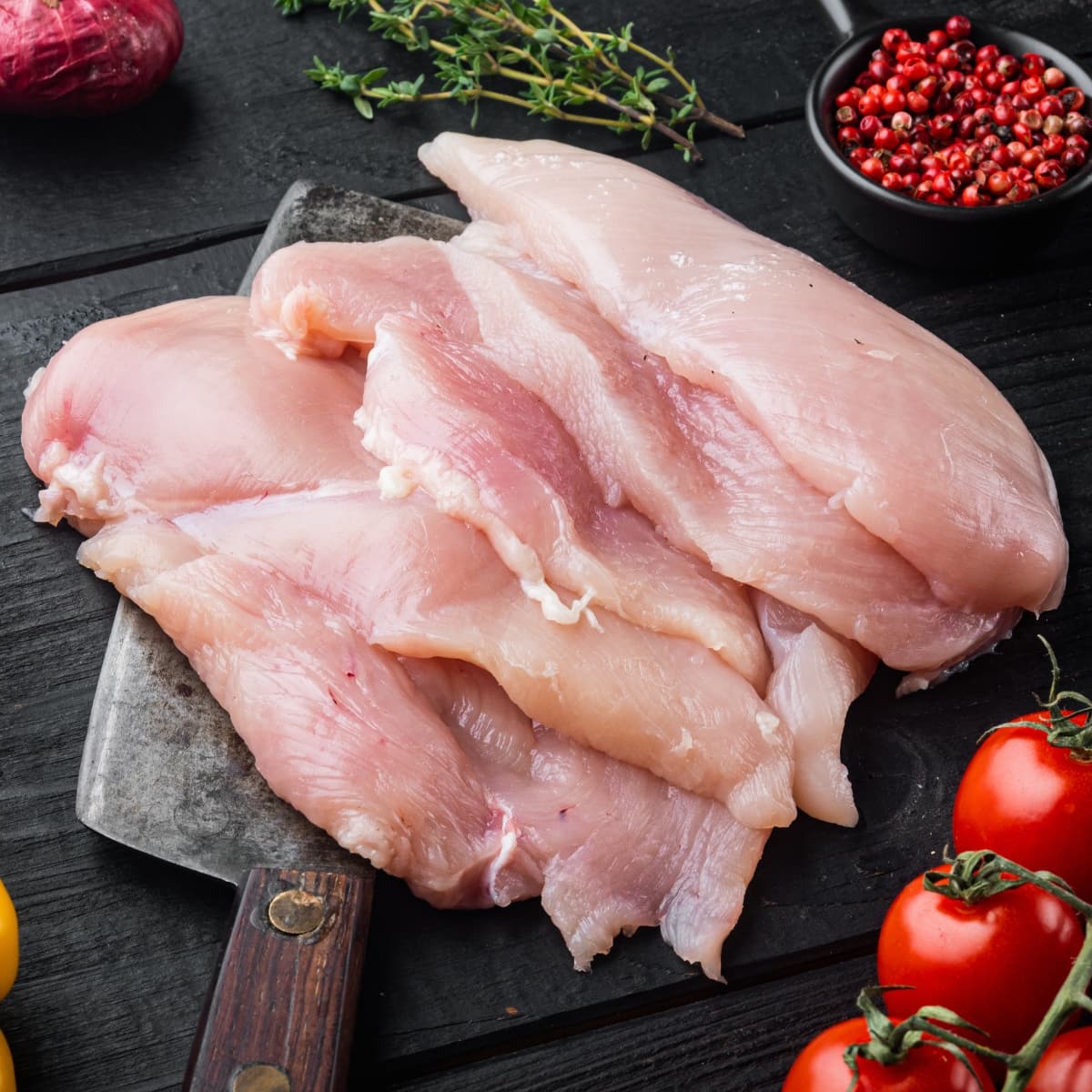
What Are Chicken Tenderloins?
Chicken tenderloins, also known as chicken tenders or strips, are small, thin strips of meat.
They’re located on the underside of the chicken breast and run parallel to the breastbone along the inner side of the breast.
They have a mild flavor and are often chosen for their tenderness.
Due to their size, they’re perfect for stir-fries, fajitas, wraps, and salads.
Can You Substitute Chicken Breasts for Chicken Tenderloins?
Yes, you most definitely can! However, there are several factors to consider.
Chicken tenderloins are smaller and more tender than chicken breasts and have a milder flavor.
So, when substituting, the chicken tenderloin will cook much faster than chicken breasts.
Therefore, add a couple of extra cooking minutes for your chicken breast to be fully done.
This will ensure that the larger chicken breast pieces cook thoroughly without becoming dry.
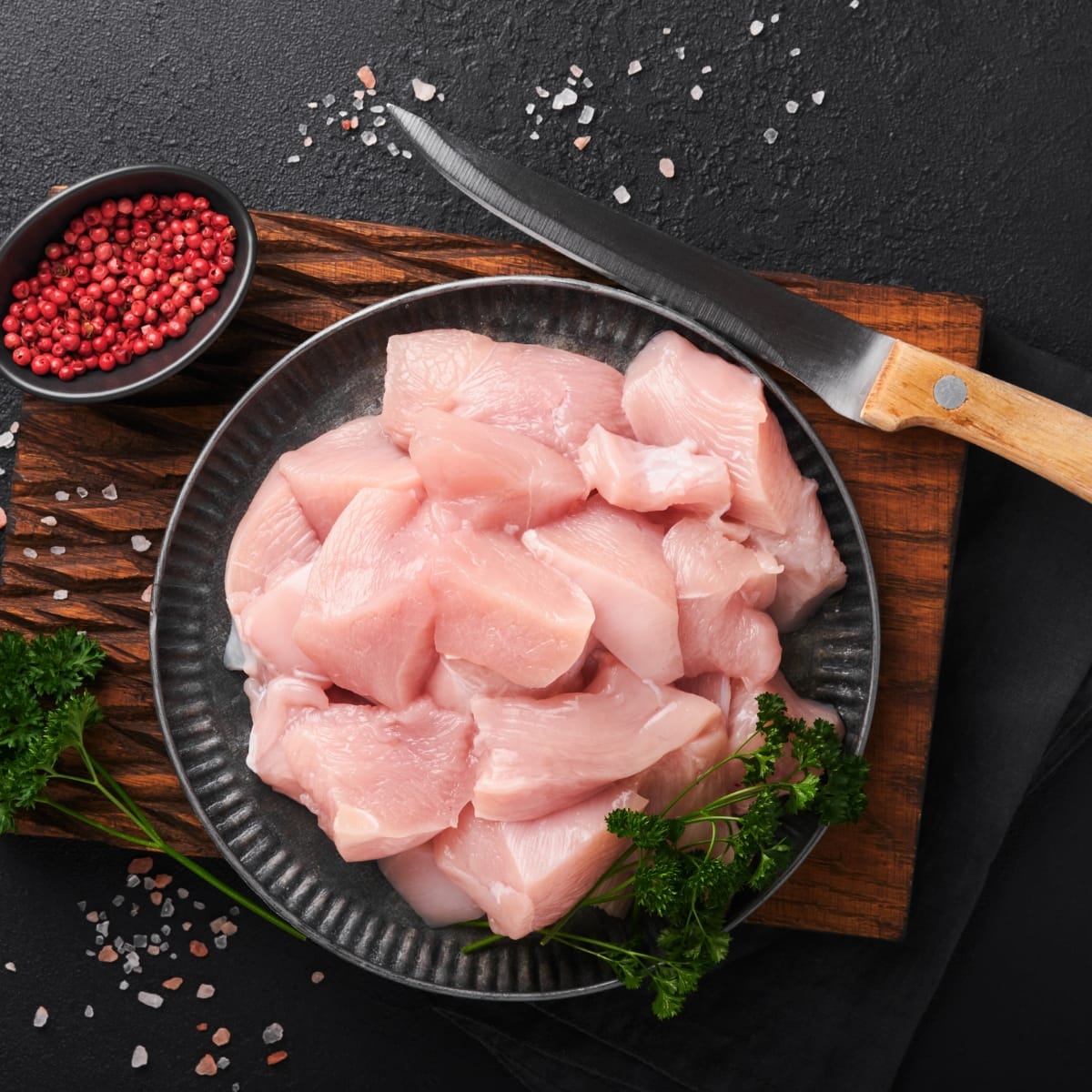
What’s the Best Cut of Chicken?
The choice between the three depends on your culinary preferences and the specific dish you’re preparing.
To help you decide, I’ll list the pros and cons of each, and what dishes they’re best for:
Chicken Breasts:
- Best for: Those who prefer lean, white meat. It’s versatile and suitable for a wide range of dishes.
- Pros: They’re lean and low in fat, cook relatively quickly, and offer a neutral canvas for various flavors.
- Cons: They can become dry if overcooked due to their low fat content.
Chicken Cutlets (Breaded and Fried Chicken):
- Best for: Fans of crispy and flavorful coatings. It’s commonly used in breaded and fried dishes.
- Pros: The breading adds texture and flavor, while the meat remains tender and juicy.
- Cons: They’re higher in calories due to the breading and frying process. They’re also less suitable for healthier diets. As with chicken breasts, they can get dry easily.
Chicken Tenderloins:
- Best for: Quick and easy meals and those who prefer lean, tender pieces of meat.
- Pros: They’re extremely tender and quick to cook. They offer a convenient option for busy cooks.
- Cons: They can be slightly more expensive than other cuts and may lack the versatility of larger chicken breasts.
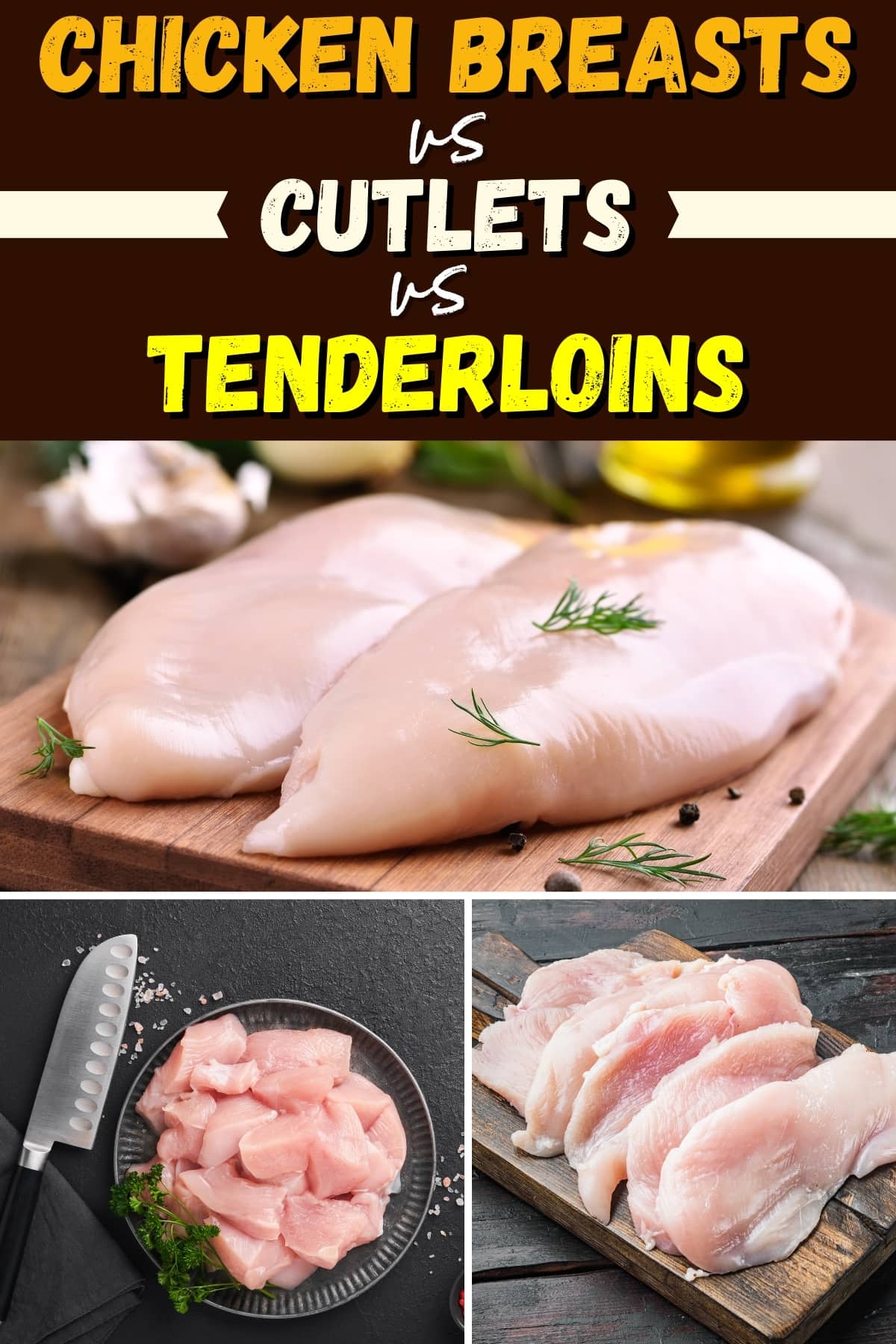
Did you like the recipe?
Click on a star to rate it!
Average rating 5 / 5. Vote count: 1
No votes so far! Be the first to rate this post.
We are sorry that this post was not useful for you!
Let us improve this post!
Tell us how we can improve this post?

